Challenges and Innovations Driving the CEA Sector in GCC and MENA
Agritecture Blog
MAY 26, 2023
Credit: World Resources Institute According to Strategy and PWC , GCC countries import about 85% of their food and approximately 56% of vegetables, largely due to the highly limited arable land in the region, averaging 4.25%. What sets KRISPR apart is their commitment to incorporating innovative technologies in their operations.

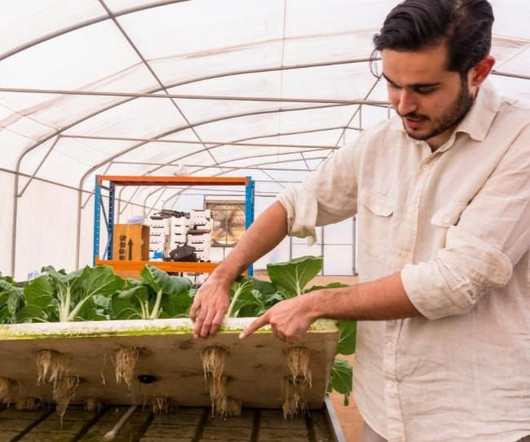
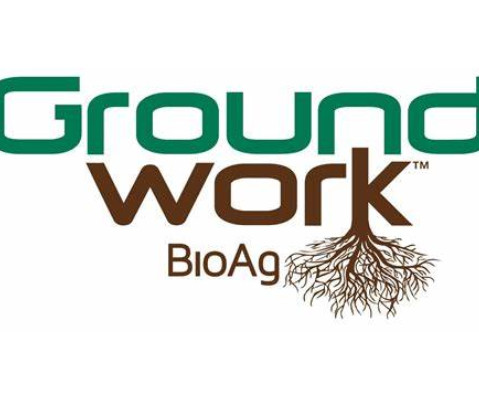

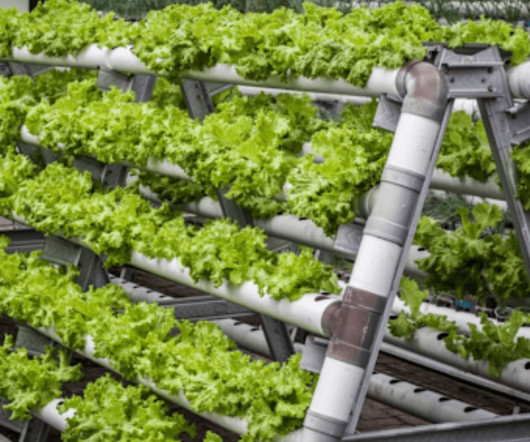
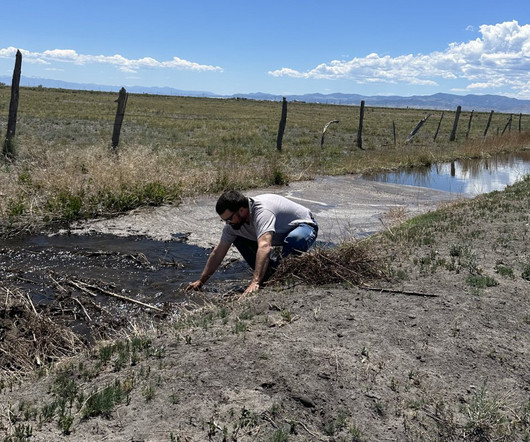
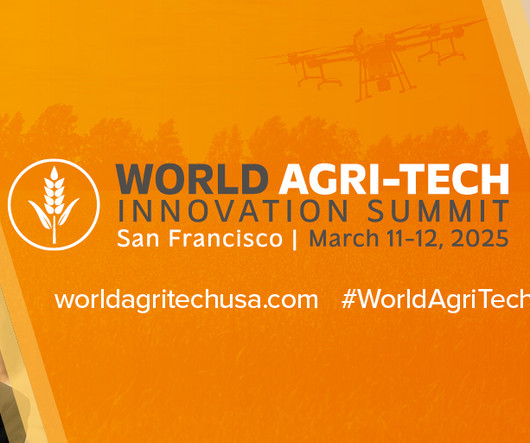






Let's personalize your content